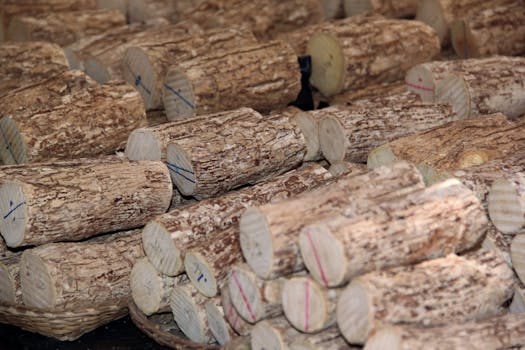
Sustainable Living: Emerging Trends for 2025
Sustainable living is becoming increasingly important as the world grapples with the challenges of climate change, environmental degradation, and social inequality. As we move into 2025, there are several emerging trends that are expected to shape the sustainable living landscape. Sustainable living is no longer just a niche interest, but a mainstream movement that is gaining momentum across the globe.
Section 1: Introduction to Sustainable Living
Sustainable living refers to the practice of reducing our carbon footprint and living in a way that minimizes harm to the environment. This can include simple changes such as using public transport, carpooling, or driving electric or hybrid vehicles, as well as more significant changes such as installing solar panels, investing in renewable energy, and reducing meat consumption.
One of the key benefits of sustainable living is the positive impact it can have on our health and wellbeing. By reducing our exposure to pollutants, pesticides, and other toxic substances, we can reduce our risk of chronic diseases such as cancer, heart disease, and respiratory problems. Sustainable living can also have a positive impact on our mental health, by providing a sense of purpose, community, and connection to nature.
Section 2: Emerging Trends in Sustainable Living
So, what are the emerging trends in sustainable living for 2025? Some of the key trends include:
- Rising demand for eco-friendly products: Consumers are increasingly seeking out products that are sustainable, recyclable, and biodegradable. This includes everything from bamboo toothbrushes to reusable water bottles and beeswax wraps.
- Increased focus on renewable energy: As the cost of renewable energy technologies such as solar and wind power continues to fall, we can expect to see a significant increase in the adoption of these technologies in 2025.
- Growth of zero-waste living: Zero-waste living is a movement that aims to eliminate waste by avoiding single-use plastics, composting food waste, and repurposing or reusing items whenever possible.
- Greater emphasis on sustainable fashion: The fashion industry is one of the most polluting industries in the world, and consumers are increasingly seeking out sustainable fashion options such as second-hand clothing, clothing rental services, and eco-friendly fabrics.
Section 3: How to Live a More Sustainable Lifestyle
So, how can you live a more sustainable lifestyle in 2025? Here are some simple tips to get you started:
- Reduce your energy consumption: Simple changes such as turning off lights, using energy-efficient appliances, and adjusting your thermostat can make a big difference.
- Use public transport or drive an electric vehicle: If possible, use public transport, walk, or cycle instead of driving. If you need to drive, consider investing in an electric or hybrid vehicle.
- Eat a plant-based diet: Animal agriculture is a significant contributor to greenhouse gas emissions, so reducing your meat consumption or adopting a plant-based diet can have a positive impact on the environment.
- Reduce your waste: Avoid single-use plastics, compost food waste, and repurpose or reuse items whenever possible.
Section 4: Conclusion
In conclusion, sustainable living is an important trend that is here to stay. By making simple changes to our daily habits and adopting emerging trends such as renewable energy, eco-friendly products, and zero-waste living, we can significantly reduce our carbon footprint and live a more sustainable lifestyle. Whether you’re just starting out or are already a seasoned sustainable living enthusiast, there’s never been a better time to make a positive impact on the planet.






